A Guide to Companion Planting for Your Vegetables
Play matchmaker for your plants.
Plants don’t thrive in isolation—they need friends (just like us). One common theory touted by a number of master gardeners says that pairings of certain plants will help them thrive, while other combinations can impair the process.
Otherwise known as companion planting, the University of Massachusetts Amherst outlines the different approaches and benefits of certain plant pairings such as managing pests and maximizing yield. Compatibility is said to be dependent on a number of factors like the types of nutrients plants take from the soil as well as the look or smell that certain plants give off.
It’s important to note that while there have been a number of books, guides, blog posts and articles written about this notion of companion planting, there is some difference in opinion on what works best due to it being largely based on anecdotal evidence. What we’ve done for you is put together a list that outlines consensus on a number of recommended arrangements as well as pairings to stay away from.
So even though it might not be the time to go out and mingle with your friends during the pandemic, you can live vicariously through your garden and give your plants some buddies.
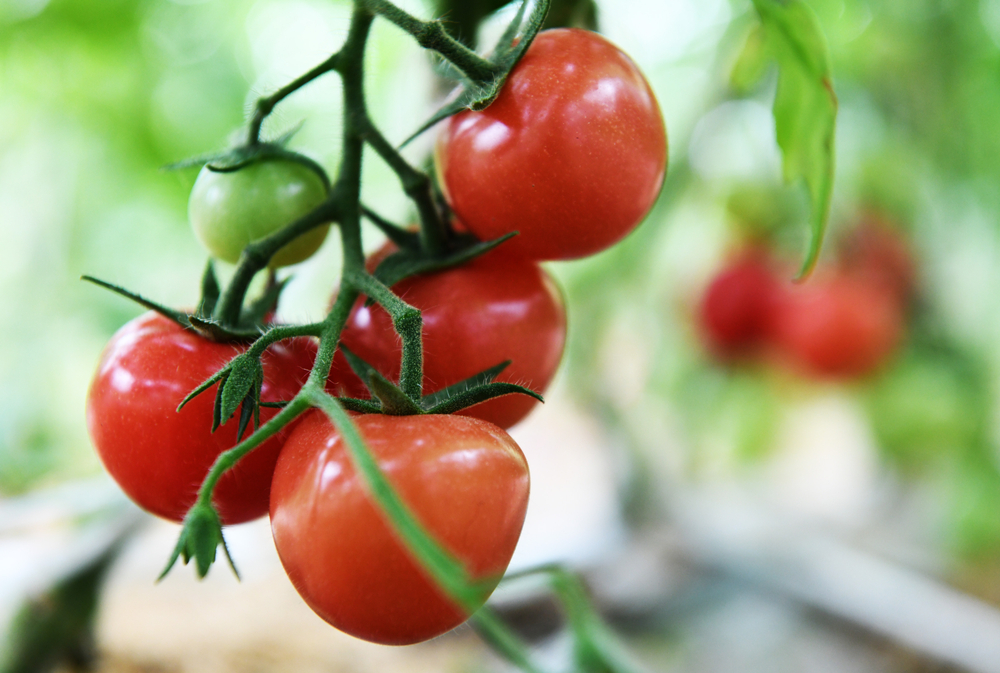
Tomatoes:
Pair with: basil, onion, asparagus, carrot, parsley, cucumber, garlic, parsley, carrots, celery, chives
Avoid: fennel, broccoli, cabbage, corn, potatoes, eggplant, peppers, dill
Notes: Basil is particularly efficient in helping produce greater yield in addition to repelling insects. Carrots have also been said to enhance the taste of tomatoes, but it’s common that tomatoes don’t grow as large as they should.
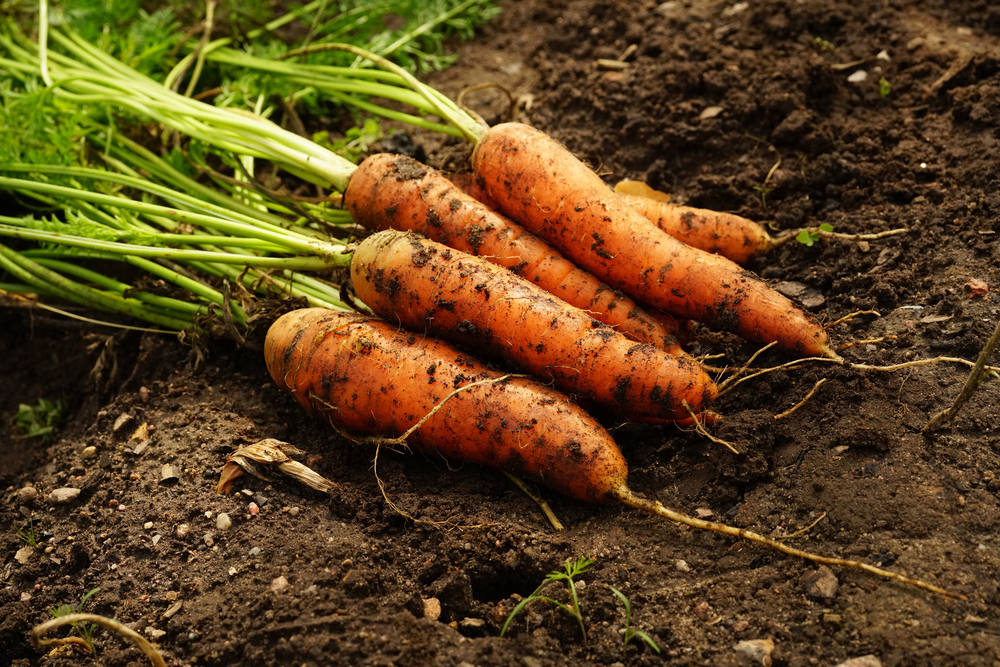
Carrots
Pair with: beans, brassicas, chives, leeks, lettuce, onions, rosemary, tomatoes, sage
Avoid: dill, parsnips, potatoes
Notes: Chives have been known to improve the taste and texture of carrots. Chives, along with leeks and onions are good for pest control like aphids and carrot rust flies.
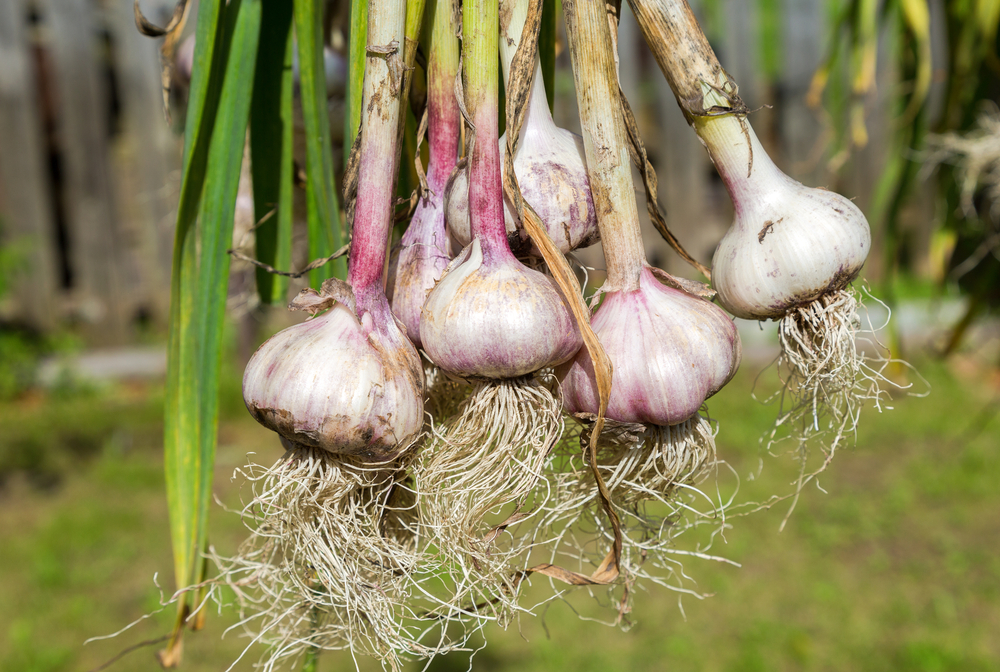
Garlic
Pair with: beets, brassicas, celery, lettuce, potatoes strawberries, tomatoes
Avoid: peas, beans
Notes: Garlic is a helpful pest repellent for many plants, but if you mix it with peas or beans, it will stunt their growth.
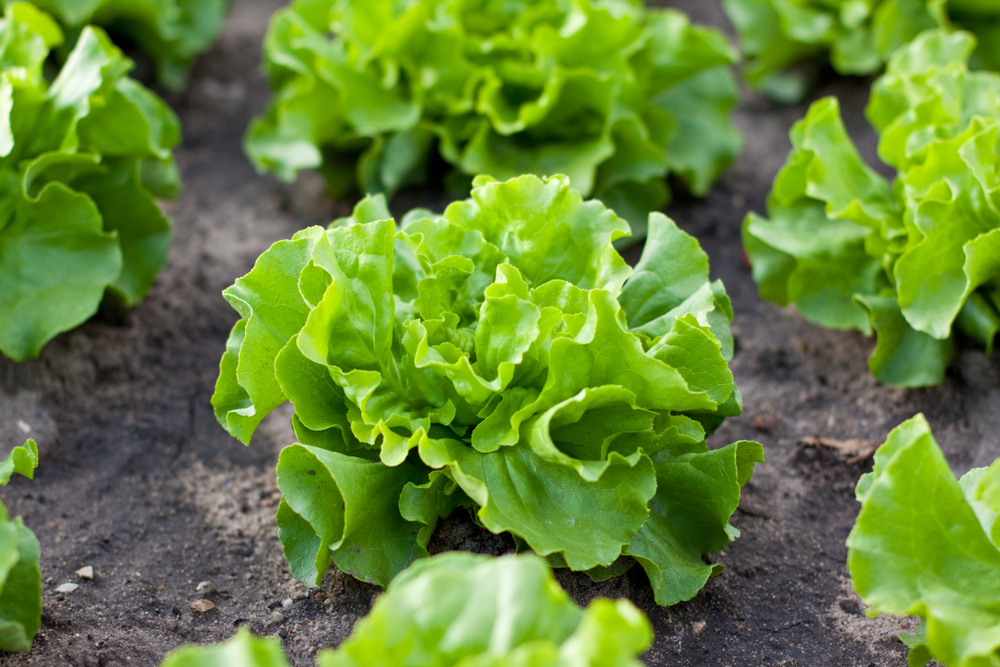
Lettuce
Pair with: beets, brassicas, carrots, cucumber, dill, garlic, onion, radish, spinach, squash, strawberries
Avoid: Lettuce gets along with everyone! The consensus seems to be that there are no specific plants detrimental to the development of lettuce.
Notes: Lettuce is an effective cover crop for taking care of weeds when planted with beets. Its shallow roots make it a good match for root veggies like beets and carrots in terms of maximizing space because it grows above the soil. Garlic will be efficient in protecting your lettuce against aphids.
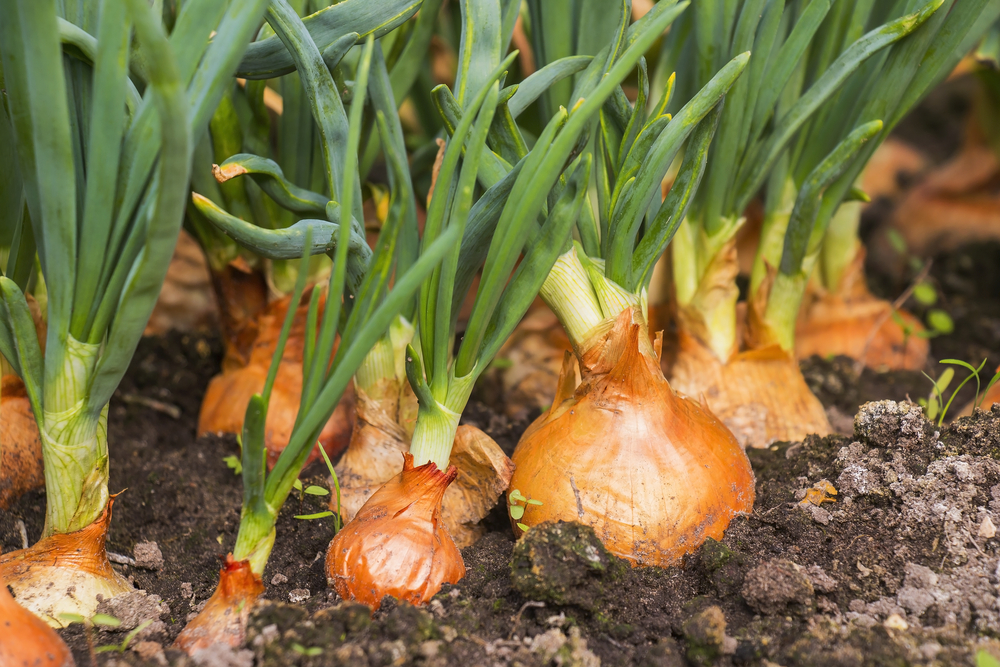
Onions
Pair with: beets, brassicas, carrots, strawberries, tomatoes, lettuce
Avoid: peas and beans
Notes: Like garlic, onion is another valuable pest protectant. It deters aphids, Japanese beetles and rabbits, but has the same impact on peas and beans with stunting their growth.
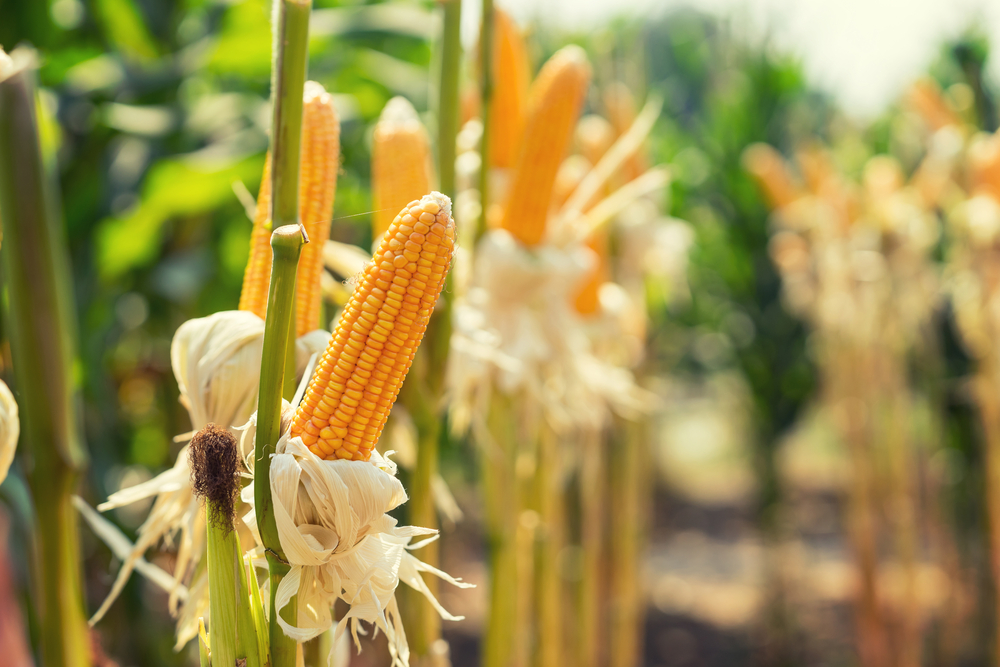
Corn
Pair with: beans, cucumbers, squash, potatoes, peas
Avoid: tomatoes
Notes: The “Three Sisters” companion method is a well known Native American approach with corn beans and squash. Squash leaves act as a soil cover and pest deterrent. The beans provide the soil with nitrogen, which then helps the corn grow. When the corn stalks grow, they act as a trellis for the beans.
Potatoes
Pair with: beans, brassicas, corn,
Avoid: tomatoes, squash, cucumber
Notes: Corn, beans and brassicas are all good choices to be planted next to potatoes because they all grow above ground and will allow you to maximize your garden space.

Brassica (Broccoli, Cauliflower, Kale, Collards, Cabbage):
Pair with: beans, beets, onion, potatoes, oregano
Avoid: strawberries, tomatoes, peppers, squash
Notes: Beets have been known to enhance the taste of brassica crops while onion will be a helpful pest deterrent. Nightshade crops like tomatoes and peppers attract pests that are harmful to the brassica family.
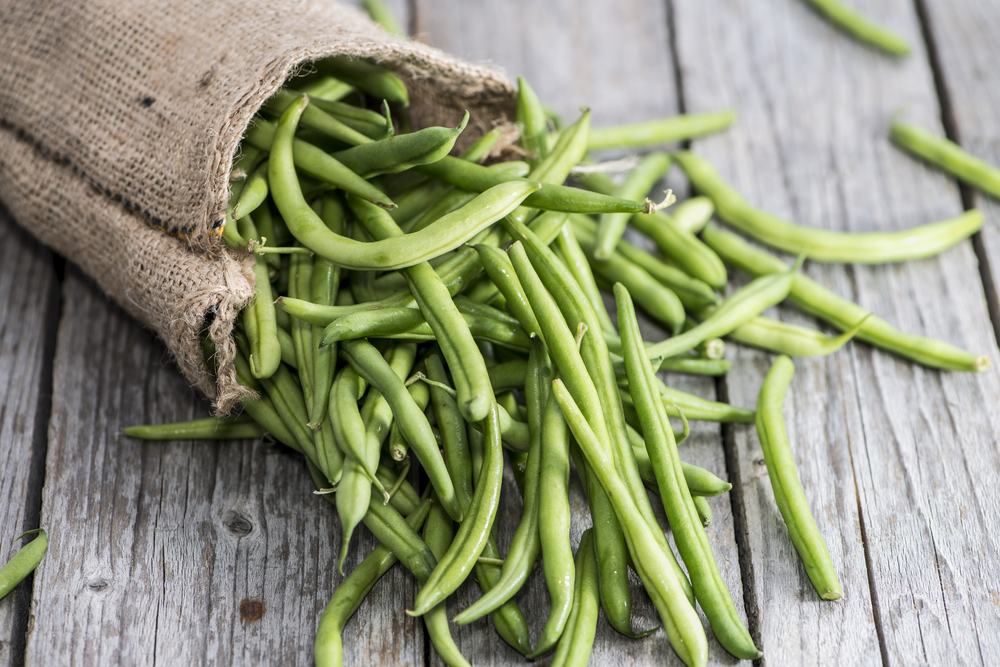
Green Beans
Pair with: beets, brassicas, carrots, corn, cucumber, peas, potatoes, strawberries
Avoid: chives, leeks, onion, garlic
Notes: Potato plants can help as a deterrent to beetles. As explained in the Three Sister method, corn is particularly useful to beans, making use of garden space and acting as poles for the beans to grow upright.
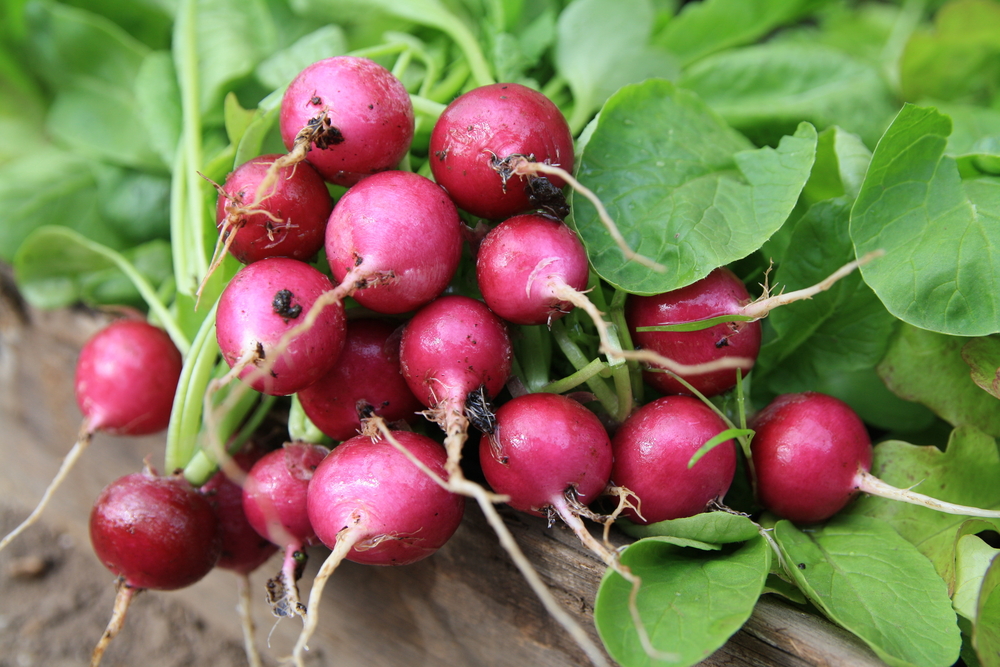
Radishes
Pair with: beans, cucumber, lettuce, peas, squash, spinach, carrots
Avoid: potatoes
Notes: Cucumbers can improve the growth of radishes while radishes keep the cucumbers protected against rust flies and beetles. Despite the fact that radishes and carrots are both root crops, radishes germinate more quickly which then makes space for carrots that develop later.
Follow us

This work is licensed under a Creative Commons Attribution-NoDerivatives 4.0 International License.
Want to republish a Modern Farmer story?
We are happy for Modern Farmer stories to be shared, and encourage you to republish our articles for your audience. When doing so, we ask that you follow these guidelines:
Please credit us and our writers
For the author byline, please use “Author Name, Modern Farmer.” At the top of our stories, if on the web, please include this text and link: “This story was originally published by Modern Farmer.”
Please make sure to include a link back to either our home page or the article URL.
At the bottom of the story, please include the following text:
“Modern Farmer is a nonprofit initiative dedicated to raising awareness and catalyzing action at the intersection of food, agriculture, and society. Read more at <link>Modern Farmer</link>.”
Use our widget
We’d like to be able to track our stories, so we ask that if you republish our content, you do so using our widget (located on the left hand side of the article). The HTML code has a built-in tracker that tells us the data and domain where the story was published, as well as view counts.
Check the image requirements
It’s your responsibility to confirm you're licensed to republish images in our articles. Some images, such as those from commercial providers, don't allow their images to be republished without permission or payment. Copyright terms are generally listed in the image caption and attribution. You are welcome to omit our images or substitute with your own. Charts and interactive graphics follow the same rules.
Don’t change too much. Or, ask us first.
Articles must be republished in their entirety. It’s okay to change references to time (“today” to “yesterday”) or location (“Iowa City, IA” to “here”). But please keep everything else the same.
If you feel strongly that a more material edit needs to be made, get in touch with us at [email protected]. We’re happy to discuss it with the original author, but we must have prior approval for changes before publication.
Special cases
Extracts. You may run the first few lines or paragraphs of the article and then say: “Read the full article at Modern Farmer” with a link back to the original article.
Quotes. You may quote authors provided you include a link back to the article URL.
Translations. These require writer approval. To inquire about translation of a Modern Farmer article, contact us at [email protected]
Signed consent / copyright release forms. These are not required, provided you are following these guidelines.
Print. Articles can be republished in print under these same rules, with the exception that you do not need to include the links.
Tag us
When sharing the story on social media, please tag us using the following: - Twitter (@ModFarm) - Facebook (@ModernFarmerMedia) - Instagram (@modfarm)
Use our content respectfully
Modern Farmer is a nonprofit and as such we share our content for free and in good faith in order to reach new audiences. Respectfully,
No selling ads against our stories. It’s okay to put our stories on pages with ads.
Don’t republish our material wholesale, or automatically; you need to select stories to be republished individually.
You have no rights to sell, license, syndicate, or otherwise represent yourself as the authorized owner of our material to any third parties. This means that you cannot actively publish or submit our work for syndication to third party platforms or apps like Apple News or Google News. We understand that publishers cannot fully control when certain third parties automatically summarize or crawl content from publishers’ own sites.
Keep in touch
We want to hear from you if you love Modern Farmer content, have a collaboration idea, or anything else to share. As a nonprofit outlet, we work in service of our community and are always open to comments, feedback, and ideas. Contact us at [email protected].by Lindsay Campbell, Modern Farmer
June 13, 2020
Modern Farmer Weekly
Solutions Hub
Innovations, ideas and inspiration. Actionable solutions for a resilient food system.
ExploreExplore other topics
Share With Us
We want to hear from Modern Farmer readers who have thoughtful commentary, actionable solutions, or helpful ideas to share.
SubmitNecessary cookies are absolutely essential for the website to function properly. This category only includes cookies that ensures basic functionalities and security features of the website. These cookies do not store any personal information.
Any cookies that may not be particularly necessary for the website to function and are used specifically to collect user personal data via analytics, ads, other embedded contents are termed as non-necessary cookies.
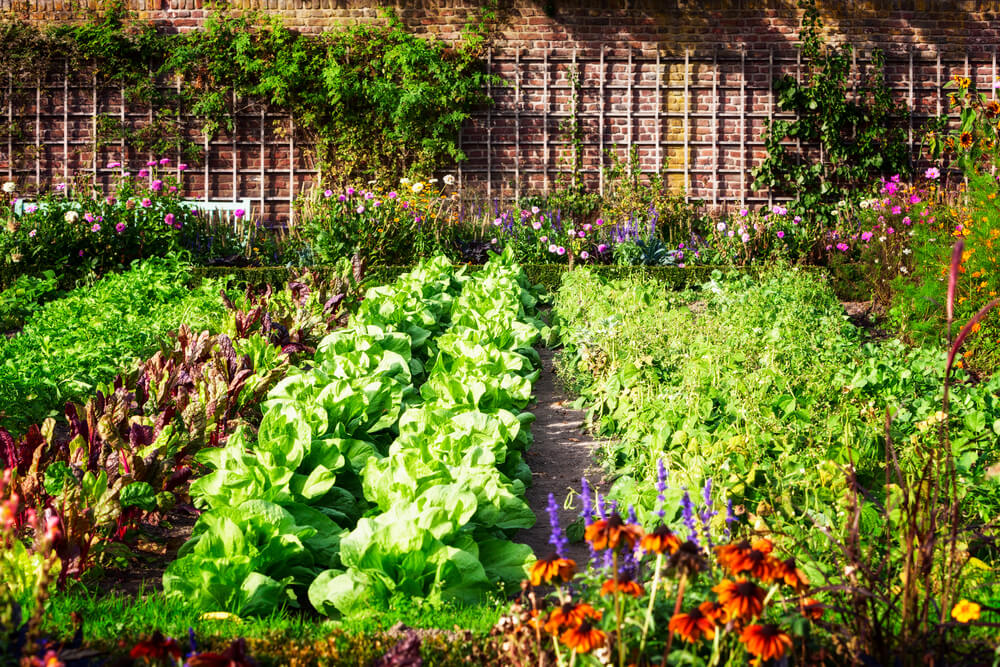
Thank you for sharing this wonderfully useful resource – especially for new gardeners such as myself.
Thank you for this useful list. Is it possible to post a PDF version too? Good day.
Quality seeds production in Vegetables and medicinal plants